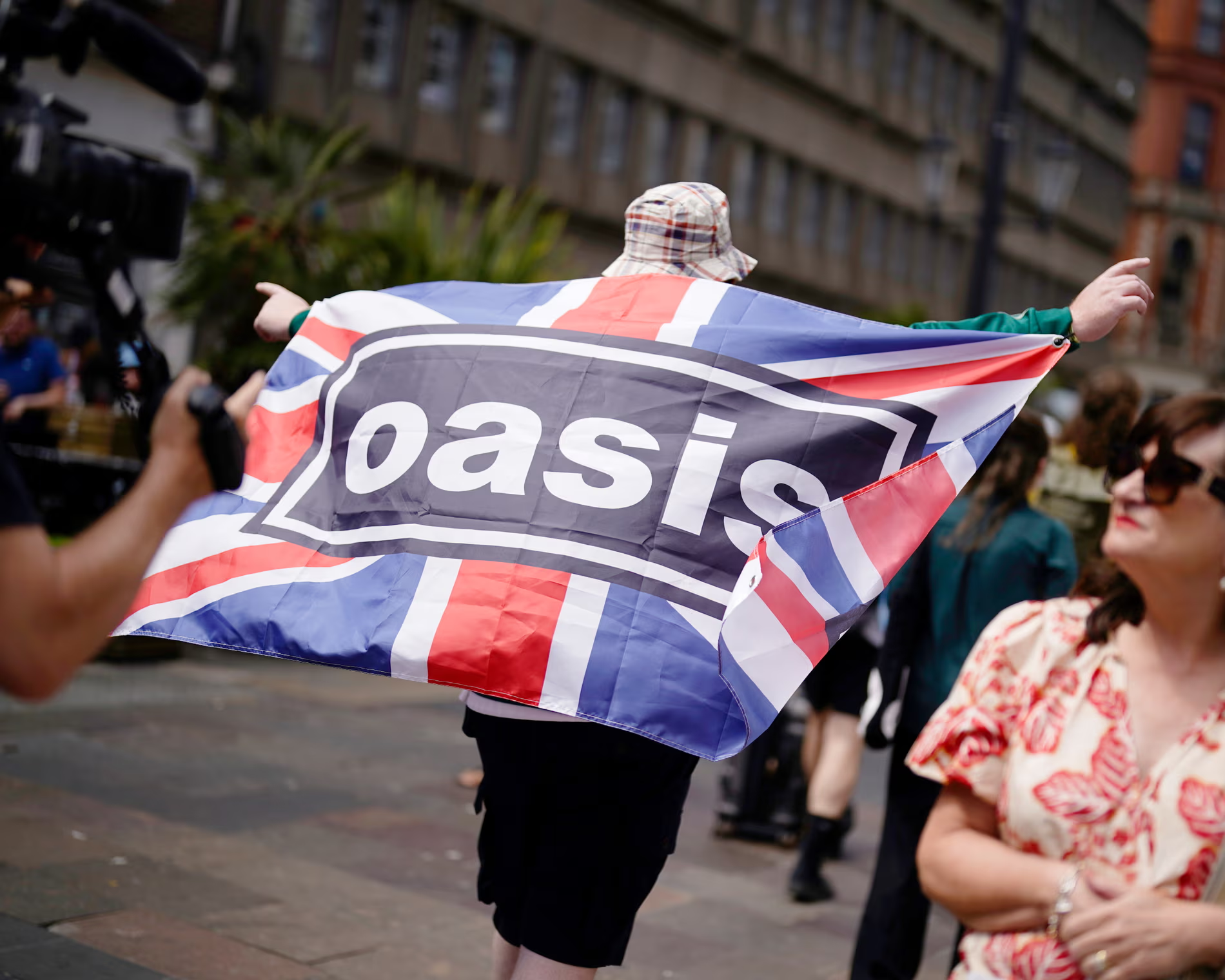Jarvis Cocker and Pulp Were ‘Patchwork’ at Glastonbury 2025

On Saturday, 28 June 2025, the legendary Britpop band Pulp stunned festivalgoers at Glastonbury Festival with a surprise appearance under the alias “Patchwork”. As fans packed out the iconic Pyramid Stage, speculation was rife about who the mystery band could be. When Jarvis Cocker and his bandmates appeared, the crowd erupted, transported back to the heyday of the 90s, yet firmly grounded in the present with new tracks from their recently released album, More. The performance marked not just a musical event but a cultural moment—a blend of nostalgia and fresh relevance.
The Mystery Act Revealed
Throughout the day, Glastonbury was abuzz with whispers about the true identity of the scheduled “Patchwork” act. The name offered no obvious clue, leading to a flurry of guesses online and on-site. Some believed it might be Oasis, reunited at last. Others speculated on solo stars like Robbie Williams or even more obscure choices like Talking Heads. But when large screens around the stage beamed the message “Are you ready for… Pulp summer?”, the secret was finally out.
Jarvis Cocker emerged from the wings dressed in his trademark vintage-inspired suit, immediately launching into conversation with the audience in that dry, disarming style that made him a household name.
“Did you know it was us? How?”
He asked cheekily to a roaring sea of cheers.
The reveal confirmed what many die-hard fans hoped: Pulp was back at Glastonbury, exactly 30 years after their landmark 1995 appearance.
Celebrating 30 Years of Pyramid History
The 2025 surprise appearance wasn’t just a random pop-in. It carried deep significance for both the band and the festival itself. In 1995, Pulp was drafted in to replace The Stone Roses, who were forced to pull out after guitarist John Squire suffered a collarbone injury. What followed was one of Glastonbury’s most memorable headline sets—one that catapulted Pulp from indie favourites to full-blown national icons.
Jarvis acknowledged this on stage:
“This is where ‘Sorted for E’s & Wizz’ was born. This is where ‘Disco 2000’ came to life. Glastonbury made those songs live.”
Returning in 2025, the band came full circle, commemorating that defining moment with both gratitude and new creative energy. For many fans in attendance, it was more than just a performance—it was history repeating itself in the best way possible.
Setlist Highlights: Classics & New Songs
Pulp’s 11-song setlist perfectly balanced their iconic anthems with fresh material. The show opened with “Sorted for E’s & Wizz”, which immediately threw the crowd into a nostalgic frenzy. Classic tracks like “Disco 2000”, “Do You Remember the First Time?” and “Common People” were delivered with a renewed sense of purpose, showing the band has lost none of its edge or emotional resonance.
Newer additions such as “Spike Island” and “Got to Have Love” were met with open arms, showcasing a band still evolving musically. These tracks came from their new album More, released just weeks prior. Far from sounding like a legacy act, Pulp proved that they still had something to say—and a fresh sound to back it up.
Perhaps the most tender moment of the set came with an acoustic rendition of “Something Changed”, stripped down to its raw emotional core. It was a rare quiet moment during a set otherwise bursting with energy.
The closing number, “Common People”, was a masterstroke. As the song swelled to its chorus, Red Arrows jets soared overhead in perfect formation, releasing coloured smoke across the Glastonbury skies. The synchrony between sound and spectacle created a moment that will undoubtedly go down in Glastonbury folklore.
Fans and Critics React
Reactions to the secret set were swift and overwhelmingly positive. Social media lit up within seconds, with hashtags like #PulpAtGlastonbury and #PatchworkRevealed trending within the hour. Broadcaster Jason Mohammad summed it up simply:
“Unbelievable scenes… Pulp. Glastonbury. What a performance.”
Music critics praised the set for being both “pitch-perfect” and “electrifying.” Reviewers from The Standard, Rolling Stone UK, and NME hailed the balance of new and old material, Jarvis’s charismatic presence, and the band’s tight, urgent sound. The decision to frame the act as “Patchwork” was also lauded as clever, with one critic noting:
“Like a well-sewn quilt of past and present, the name captured the essence of the set.”
The Red Arrows moment drew comparisons to Beyoncé’s Coachella performance in terms of sheer theatrical spectacle, while fans in the crowd described it as “spiritual”, “epic”, and “life-affirming”.
Why This Moment Mattered
This wasn’t just a surprise set—it was a powerful reminder of Pulp’s enduring cultural relevance. The band didn’t rest on the laurels of 90s fame. They returned with new material, a renewed energy, and a connection to fans that felt as fresh as ever.
Glastonbury’s tradition of secret sets is one of its most cherished features. From The Killers and Radiohead in previous years to Lorde, Lewis Capaldi, and Haim this year, these surprise moments foster a sense of spontaneity and joy that few festivals can match. But Pulp’s performance stood out not only because of who they are but also because of what they represent: a band that helped define British music for a generation, still delivering sharp, unforgettable shows.
And in a time when music nostalgia is often packaged without innovation, Pulp offered something different—a legacy with forward motion.
In Context: Glastonbury 2025 at a Glance
Glastonbury 2025 was already stacked with high-profile performances. Headliners across the weekend included The 1975, Neil Young, and Charli XCX, who brought her brand of high-energy pop to the stage. The lineup leaned into diversity and reinvention, with acts like Kneecap and Bob Vylan stirring political conversations with pro-Palestinian chants and commentary, prompting debates about activism at festivals.
Amidst the social messages, dance tents, and mud-splattered wellies, Pulp’s set stood out as a unifying moment. It reminded everyone—young fans discovering them for the first time and veterans reliving their youth—why live music matters and why Glastonbury continues to be the spiritual home of British popular culture.



